-
Executive Summary
-
Scope of the Report
-
Market Definition
-
Scope of the Study
- Research Objectives
- Assumptions & Limitations
-
Markets Structure
-
Market Research Methodology
-
Research Process
-
Secondary Research
-
Primary Research
-
Forecast Model
-
Market Landscape
-
Five Forces Analysis
- Threat of New Entrants
- Bargaining power of buyers
- Threat of substitutes
- Segment rivalry
-
Value Chain/Supply Chain of Global Cosmetic Pigments Market
-
Industry Overview of Global Cosmetic Pigments Market
-
Introduction
-
Growth Drivers
-
Impact analysis
-
Market Challenges
-
Market Trends
-
Introduction
-
Growth Trends
-
Impact analysis
-
Global Cosmetic Pigments Market by Composition
-
Introduction
-
Organic
- Market Estimates & Forecast, 2020-2027
- Market Estimates & Forecast by Region, 2020-2027
-
Inorganic
- Market Estimates & Forecast, 2020-2027
- Market Estimates & Forecast by Region, 2020-2027
-
Global Cosmetic Pigments Market by Type
-
Introduction
-
Special effect
- Market Estimates & Forecast, 2020-2027
- Market Estimates & Forecast by Region, 2020-2027
-
Surface treated
- Market Estimates & Forecast, 2020-2027
- Market Estimates & Forecast by Region, 2020-2027
-
Nano
- Market Estimates & Forecast, 2020-2027
- Market Estimates & Forecast by Region, 2020-2027
-
Global Cosmetic Pigments Market by Application
-
Introduction
-
Facial make up
- Market Estimates & Forecast, 2020-2027
- Market Estimates & Forecast by Region, 2020-2027
-
Eye makeup
- Market Estimates & Forecast, 2020-2027
- Market Estimates & Forecast by Region, 2020-2027
-
Lip products
- Market Estimates & Forecast, 2020-2027
- Market Estimates & Forecast by Region, 2020-2027
-
Nail products
- Market Estimates & Forecast, 2020-2027
- Market Estimates & Forecast by Region, 2020-2027
-
Hair color products
- Market Estimates & Forecast, 2020-2027
- Market Estimates & Forecast by Region, 2020-2027
-
Global Cosmetic Pigments Market by Region
-
Introduction
-
North America
- Market Estimates & Forecast, 2020-2027
- Market Estimates & Forecast by Composition, 2020-2027
- Market Estimates & Forecast by Type, 2020-2027
- Market Estimates & Forecast by Application, 2020-2027
- U.S.
- Mexico
- Canada
-
Europe
- Market Estimates & Forecast, 2020-2027
- Market Estimates & Forecast by Composition, 2020-2027
- Market Estimates & Forecast by Type, 2020-2027
- Market Estimates & Forecast by Application, 2020-2027
- Germany
- France
- Italy
- Spain
- U.K
- Rest of Europe
-
Asia Pacific
- Market Estimates & Forecast, 2020-2027
- Market Estimates & Forecast by Composition, 2020-2027
- Market Estimates & Forecast by Type, 2020-2027
- Market Estimates & Forecast by Application, 2020-2027
- China
- India
- Japan
- Australia
- New Zealand
- Rest of Asia Pacific
-
The Middle East & Africa
- Market Estimates & Forecast, 2020-2027
- Market Estimates & Forecast by Composition, 2020-2027
- Market Estimates & Forecast by Type, 2020-2027
- Market Estimates & Forecast by Application, 2020-2027
- Turkey
- Israel
- North Africa
- GCC
- Rest of the Middle East & Africa
-
Latin America
- Market Estimates & Forecast, 2020-2027
- Market Estimates & Forecast by Composition, 2020-2027
- Market Estimates & Forecast by Type, 2020-2027
- Market Estimates & Forecast by Application, 2020-2027
- Brazil
- Argentina
- Rest of Latin America
-
Company Landscape
-
Company Profiles
-
Sun Chemical Corporation
- Company Overview
- Composition/Business Segment Overview
- Financial Updates
- Key Developments
-
Sensient Cosmetic Technologies
- Company Overview
- Composition/Business Segment Overview
- Financial Updates
- Key Developments
-
Merck KGaA
- Company Overview
- Composition/Business Segment Overview
- Financial Updates
- Key Developments
-
Sudarshan Chemical Industries Limited
- Company Overview
- Composition/Business Segment Overview
- Financial Updates
- Key Developments
-
Kobo Products Inc
- Company Overview
- Composition/Business Segment Overview
- Financial Updates
- Key Developments
-
BASF SE
- Company Overview
- Composition/Business Segment Overview
- Financial Updates
- Key Developments
-
Clariant
- Company Overview
- Composition/Business Segment Overview
- Financial Updates
- Key Developments
-
Huntsman International LLC
- Company Overview
- Composition/Business Segment Overview
- Financial Updates
- Key Developments
-
LANXESS
- Company Overview
- Composition/Business Segment Overview
- Financial Updates
- Key Developments
-
Geotech International B.V.
- Company Overview
- Composition/Business Segment Overview
- Financial Updates
- Key Developments
-
Koel Colours Pvt. Ltd
- Company Overview
- Composition/Business Segment Overview
- Financial Updates
- Key Developments
-
Li Pigments
- Company Overview
- Composition/Business Segment Overview
- Financial Updates
- Key Developments
-
Chem India Pigments
- Company Overview
- Composition/Business Segment Overview
- Financial Updates
- Key Developments
-
Nubiola
- Company Overview
- Composition/Business Segment Overview
- Financial Updates
- Key Developments
-
Sandream Impact LLC
- Company Overview
- Composition/Business Segment Overview
- Financial Updates
- Key Developments
-
Conclusion
-
List of Tables:
-
World Population by Major Regions (2020 To 2027)
-
Global Cosmetic Pigments Market: By Region, 2020-2027
-
North America Cosmetic Pigments Market: By Country, 2020-2027
-
Europe Cosmetic Pigments Market: By Country, 2020-2027
-
Asia-Pacific Cosmetic Pigments Market: By Country, 2020-2027
-
Middle East & Africa Cosmetic Pigments Market: By Country, 2020-2027
-
Latin America Cosmetic Pigments Market: By Country, 2020-2027
-
Global Cosmetic Pigments by Composition Market: By Regions, 2020-2027
-
North America Cosmetic Pigments by Composition Market: By Country, 2020-2027
-
Table10 Europe Cosmetic Pigments by Composition Market: By Country, 2020-2027
-
Table11 Asia-Pacific Cosmetic Pigments by Composition Market: By Country, 2020-2027
-
Table12 Middle East & Africa Cosmetic Pigments by Composition Market: By Country, 2020-2027
-
Table13 Latin America Cosmetic Pigments by Composition Market: By Country, 2020-2027
-
Table14 Global Cosmetic Pigments by Type Market: By Regions, 2020-2027
-
Table15 North America Cosmetic Pigments by Type Market: By Country, 2020-2027
-
Table16 Europe Cosmetic Pigments by Type Market: By Country, 2020-2027
-
Table17 Asia-Pacific Cosmetic Pigments by Type Market: By Country, 2020-2027
-
Table18 Middle East & Africa Cosmetic Pigments by Type Market: By Country, 2020-2027
-
Table19 Latin America Cosmetic Pigments by Type Market: By Country, 2020-2027
-
Table20 Global Cosmetic Pigments by Application Market: By Regions, 2020-2027
-
Table21 North America Cosmetic Pigments for Application Market: By Country, 2020-2027
-
Table22 Europe Cosmetic Pigments for Application Market: By Country, 2020-2027
-
Table23 Asia-Pacific Cosmetic Pigments for Application Market: By Country, 2020-2027
-
Table24 Middle East & Africa Cosmetic Pigments for Application Market: By Country, 2020-2027
-
Table25 Latin America Cosmetic Pigments for Application Market: By Country, 2020-2027
-
Table26 Global Composition Market: By Region, 2020-2027
-
Table27 Global Type Market: By Region, 2020-2027
-
Table28 Global Application Market: By Region, 2020-2027
-
Table29 North America Cosmetic Pigments Market, By Country
-
Table30 North America Cosmetic Pigments Market, By Composition
-
Table31 North America Cosmetic Pigments Market, By Type
-
Table32 North America Cosmetic Pigments Market, By Application
-
Table33 Europe: Cosmetic Pigments Market, By Country
-
Table34 Europe: Cosmetic Pigments Market, By Composition
-
Table35 Europe: Cosmetic Pigments Market, By Type
-
Table36 Europe: Cosmetic Pigments Market, By Application
-
Table37 Asia-Pacific: Cosmetic Pigments Market, By Country
-
Table38 Asia-Pacific: Cosmetic Pigments Market, By Composition
-
Table39 Asia-Pacific: Cosmetic Pigments Market, By Type
-
Table40 Asia-Pacific: Cosmetic Pigments Market, By Application
-
Table41 Middle East & Africa: Cosmetic Pigments Market, By Country
-
Table42 Middle East & Africa Cosmetic Pigments Market, By Composition
-
Table43 Middle East & Africa Cosmetic Pigments Market, By Type
-
Table44 Middle East & Africa: Cosmetic Pigments Market, By Application
-
Table45 Latin America: Cosmetic Pigments Market, By Country
-
Table46 Latin America Cosmetic Pigments Market, By Composition
-
Table47 Latin America Cosmetic Pigments Market, By Type
-
Table48 Latin America: Cosmetic Pigments Market, By Application
-
List of Figures:
-
Global Cosmetic Pigments market segmentation
-
Forecast Methodology
-
Five Forces Analysis of Global Cosmetic Pigments Market
-
Value Chain of Global Cosmetic Pigments Market
-
Share of Global Cosmetic Pigments Market in 2020, by country (in %)
-
Global Cosmetic Pigments Market, 2020-2027,
-
Sub segments of Composition
-
Global Cosmetic Pigments Market size by Composition, 2020
-
Share of Global Cosmetic Pigments Market by Composition, 2020 to 2027
-
Global Cosmetic Pigments Market size by Type, 2020
-
Share of Global Cosmetic Pigments Market by Type, 2020 to 2027
-
Global Cosmetic Pigments Market size by Application, 2020
-
Share of Global Cosmetic Pigments Market by Application, 2020 to 2027

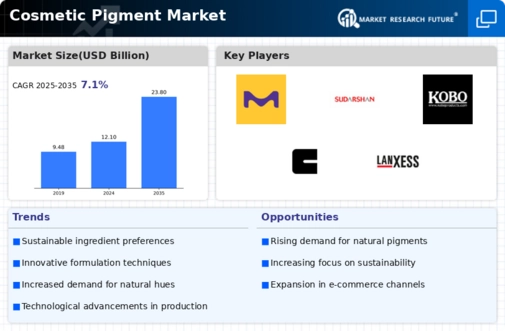

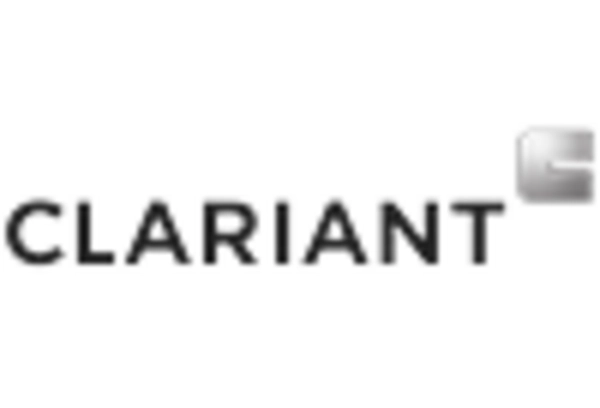
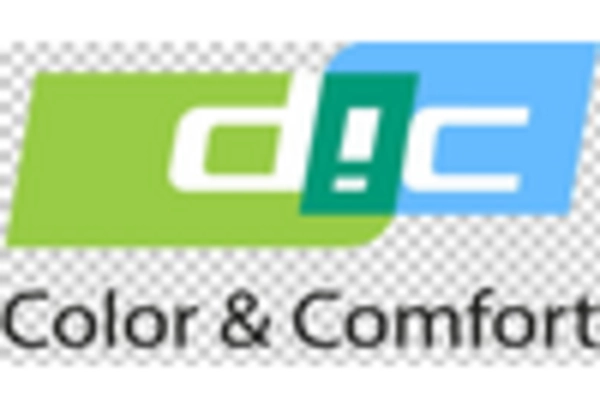
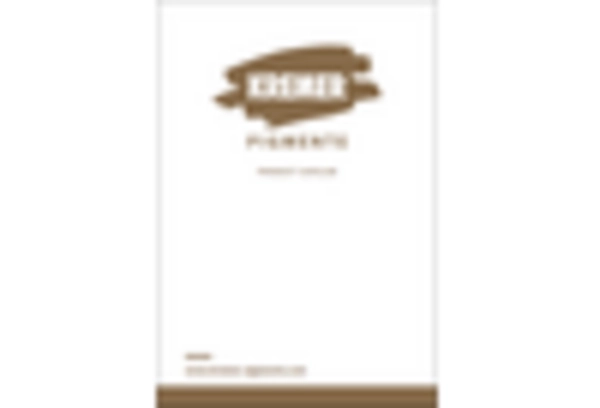

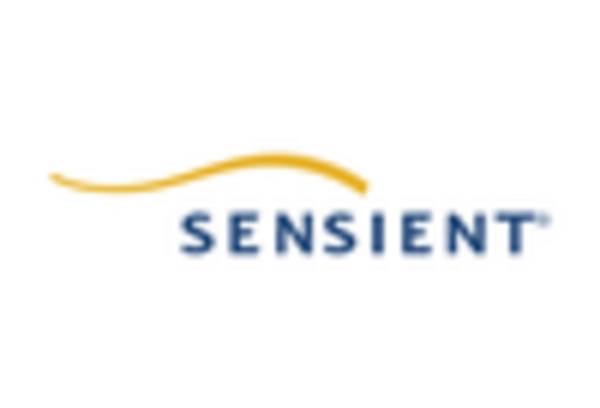









Leave a Comment